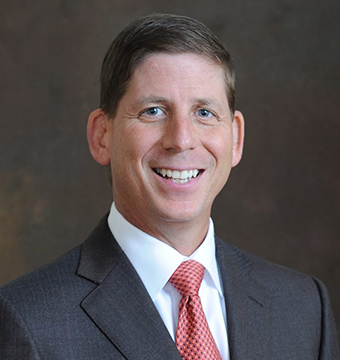As Thanksgiving approaches, I wanted to practice a version of the gratitude letter by expressing my thanks to many of you for your activism and support over the past few weeks. Thanks to all of you who attended our session at PPS on “What Patient’s Want” including many of the live tweets from NOLA-much appreciated. @DavidBrowder and I presented analysis of an extensive conjoint study on the important attributes from a service perspective that patient’s deem the most important. Many of you have encouraged us to do a webinar on the material and what the research has to say about those service factors-we will, stay tuned. Thanks also to many of you who took advantage of the wonderful and glamorous @karenlitzNYC’ and her brilliant virtual conference replay which includes my annual PPS chicken & waffle breakfast tweep @Jerry_DurhamPT talking about patient conversion. This virtual conference was at the same time as PPS! Lastly, thanks to @SnippetPhysTher who continues to facilitate #solvePT on twitter every tues evening. Her most recent topic was on supporting your colleagues (summary HERE). On that front @PTPubNight has gone from debate to action by getting PT’s together with PT Pub Night’s going on all over the place! What a time to be a Physical Therapist!
I would like some feedback and thought on #physicaltherapy skills of the 21st century-the next generation curriculum for entry level students as well as residency and fellowship trained PTs. There is no questions regarding clinical decision making, basic science, evidence-based practice, and hands on manual therapy with deliberate practice as a basis, (a topic I hope to explore more deeply for at Manipalooza 2014). However, this gets to just half of the equation and in some cases produces a PT that is bent on being a fixer rather than a helper or sever (to use Naomi Remen’s language). Here are some curriculum adds that I would like to see (an am interested in yours). No particular order:
1. “Non-sales” Selling to use Daniel Pink’s term from his latest book, To Sell is Human. With the combination of education and health services (he refers to as Ed-Med) contributing to the largest component of the job market, it will be imperative to educate and train effective. How about this gem from his book, “physical therapist helping someone recover from injury needs that person to hand over resources-again, time, attention, and effort-because doing so, painful though it can be, will leave the patient healthier”. Yes, we are all in the selling business-let’s embrace it and learn how to do it to the benefit of our patients.
2. Developing High Quality Connections. While I want into some detail on this post, it deserves emphasis because a critical component of the patient-therapist interaction is the connection or relationship that is established. Research also shows that HQCs facilitate an individual’s recovery and adaptation when suffering from loss or illness (Lilius, Worline, Maitlis, Kanov, Dutton, & Frost, 2008).
3. Empathy. A partial ingredient of both #1 and #2 above. Covered Here and Here. Replicated research demonstrates that empathy can be trained and is often in need of replenishment. PT curriculum might include adding back a humanities course or two to entry level PT (realize that sounds heretical). More than simply perspective taking, empathy is a complex multiple construct in need of a deeper dive by all healthcare providers.
4. Teamwork/collaboration and other tacit knowledge skills. In school, when somebody uses a classmate’s help on a test, it is called cheating. In real life, using your colleague and co-workers help is essential to success. Such “softer” skill sets are seriously lacking in new PT entrants in my opinion-in part because they just spent most of their clinical education trying to satisfy an employer’s workplace shortage (ok, over stating here but nevertheless some modeling and mentoring would be helpful).
5. Leadership training-particularly resonant leadership and emotional intelligence. This underlies all of the above. One half of the battle is working in an environment beset with rules and regulations and the other half is overcoming your desire to lambaste your patient’s shortcomings. Coursework in dealing in both is a start.
Thoughts?
